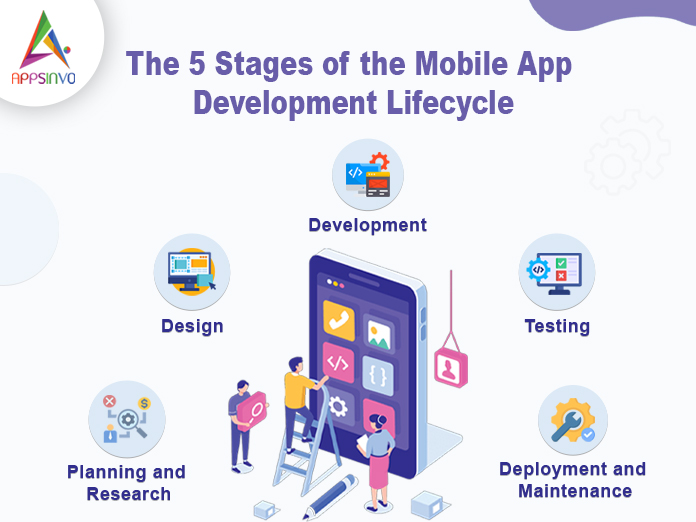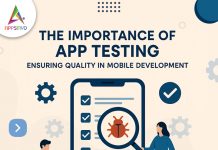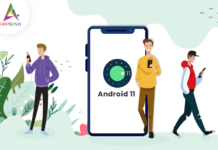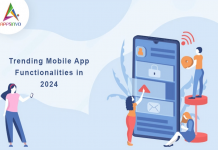To succeed, mobile app development requires significant preparation and thorough execution. Mobile application development necessitates the completion of several critical processes that lead to the effective establishment of the application. We have listed the 5 major stages of this lifecycle and their key aspects below.
1. Planning and Research
The initial stages of mobile app development include extensive planning and research. This stage is critical for evaluating the market, defining the app’s goal, and determining target customers.
Key points:
- Market Analysis: To better discover market gaps, research existing apps, identify rivals, and analyze user evaluations.
- Target audience: Define the demographic characteristics of possible users in order to customize the app’s functionality and design.
- Core features: List the important capabilities that the app must have in order to suit the needs of its users.
- Budget and timeline: Estimate a development budget and set a reasonable completion timeline.
2. Design
Following the planning stage, the next phase focuses on developing the app’s user interface (UI) and user experience (UX). A well-designed app is critical to user retention and pleasure.
Key points:
- Wireframing: Create wireframes to outline the app layout and flow, providing a visual representation of the app’s structure.
- Prototyping: Create interactive prototypes to evaluate user interactions and gain feedback before beginning production.
- UI/UX Design: Focus on designing a visually beautiful and intuitive interface that improves use.
- User Testing: Test the layout’s usability with potential users to find areas for improvement.
3. Development
The development stage is where the actual coding occurs. This phase is separated into two parts: front-end and back-end development, in which the app is constructed and integrated with the essential services.
Key points:
- Front-end Development: This includes coding the user interface and ensuring that it is responsive to various devices and screen sizes. and screen sizes.
- Backend Development: Set up the server, database, and application logic that will enable the app’s operation.
- API Integration: Integrate third-party services like payment gateways, social media, and geolocation APIs to expand app functionality.
- Continuous Testing: Implement a continuous testing approach to identify and resolve bugs that arise during development.
4. Testing
Testing is an important step that assures the program is functional, user-friendly, and bug-free. Several testing approaches are used to assess the app’s performance.
Key points:
- Functional Testing: Check that all features perform as expected and meet the requirements.
- Usability Testing: Assess the app’s usability using genuine user feedback, with a focus on navigation and overall experience.
- Performance Testing: Test the app’s performance, responsiveness, and stability under a variety of settings and loads.
- Security Testing: Identify weaknesses and protect user data with secure coding techniques.
5. Deployment and Maintenance
The final phase entails releasing the app to app stores and maintaining it after launch. This step is critical for keeping the app relevant and functional.
Key Points:
- App Store Submissions: Prepare and submit the app to platforms such as Apple App Store and Google Play Store, adhering to their guidelines and requirements.
- Marketing Strategy: Implement marketing methods to increase app visibility and user engagement.
- User feedback: Encourage people to offer feedback and reviews so that we can discover areas for improvement.
- Updates and maintenance: Regularly update the app to address issues, add new features, and ensure compatibility with new devices and operating systems.
Conclusion
The mobile app development lifecycle is a methodical process that includes planning, designing, building, testing, and maintaining an application. Each stage is interconnected, and the overall success of the product is determined by how well each stage is executed. Following these five stages allows developers to produce a mobile app that fits user needs, stands out in the market, and remains competitive over time.













This is a really good, simple explanation of how app development works! It’d be great if you did another post with more info on the actual tools and ways people do things in each step.